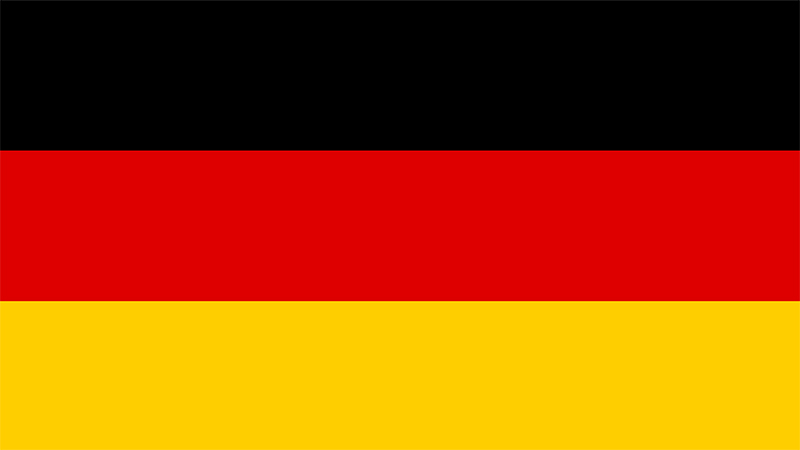During the operation of an LED, only one particular energy level can be used. Therefore, the diodes produce very narrow light spectra (monochromatic light). LEDs can emit this monochromatic light in the slight ultraviolet, infrared, or visible sector. Mixed colours can be generated by the use of various LEDs or by the addition of phosphors on the LED chip.
For coloured LEDs, the hue is usually indicated by the x/y coordinates on the CIE chromaticity diagram. The hue of white LEDs is however indicated by the colour temperature based on the black body curve (see "Colour temperature as an indication of the white hue").

White light
Because of the monochromaticity of the LED, it can’t directly emit white light. With the development of efficient blue LEDs, it is possible though to produce white light in two different ways. On the one hand a blue LED can be provided with a phosphor layer which converts a part of the blue light into yellow light. The blend of blue and yellow light, allows the perception of a white light source (luminescence conversion). On the other hand, several different coloured LEDs can be combined in one LED housing (RGB method). Because the luminescence method is more efficient than the RGB alternative we uses for the generation of white light only lamps, which use the luminescence conversion. Regarding the room illumination white light should of course be the first choice. On some product groups, however, coloured LEDs are used in addition to the main white light source for a special accent and interior design.
Luminescence conversion
In the method of luminescence, white light is generated by a combination of a blue LED with a luminescent phosphor. In this process the blue light stimulates the phosphor layer to glow. The phosphor emits yellow light. During this process, the blue light is, however, not completely used. In this case the white light is obtained from the additive blend of blue and yellow light. By the dosage and selection of the phosphor, as well as the selection of the primary LED colour you can control and adjust the final tone and the colour temperature in detail.
RGB method
The additive color mixing of red, green and blue light can produce white light, at the proper mixing ratio. This circumstance is used in the RGB method. Thus three different LED chips, one red, one green and one blue radiating are combined in one LED. In this way, all mixed colors can be achieved by an appropriate control of the individual chips. Also white light is possible; however, this is more of a side benefit, since this method can’t compete with the efficiency of luminescence.
The RGB method can therefore be used for continuous color transitions within a large range of the visible color spectrum. The different levels of brightness and operating conditions of the individual LEDs, however, result in very high requirements on the control technology.

Colour temperature as an indication of the white hue
The classification of light in colour temperatures is based on a phenomenon that occurs for a so-called "black body". When a black metal body is heated, the latter emits at a colour dependent on its temperature. A cold body radiates initially in the infrared, so invisible area. With increasing temperature, the body begins to glow red. If the temperature increases further, the metal appears yellowish, later white, and finally blue. The shades of white and natural light sources can be compared well with the colours of the black body. To describe the colour, then the corresponding temperature of the black body is indicated in °K (Kelvin).
Depending on the application, or the materials used, there are needs for rather warm or rather colder light. We classified the colour temperature for LED lights as follows:
Depending on the range of application or the materials employed, there are requirements for a tendentially warmer light or a tendentially colder light. WILA defines the colour temperatures as follows:
2700 K super warm white
3000 K warm white
4000 K neutral white
In comparison:
A compact fluorescent lamp with the luminous colour neutral white
is named 840 (8 = colour rendering 80/40 = 4000K)



